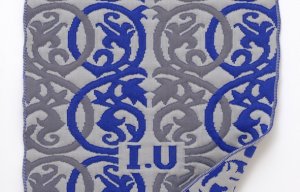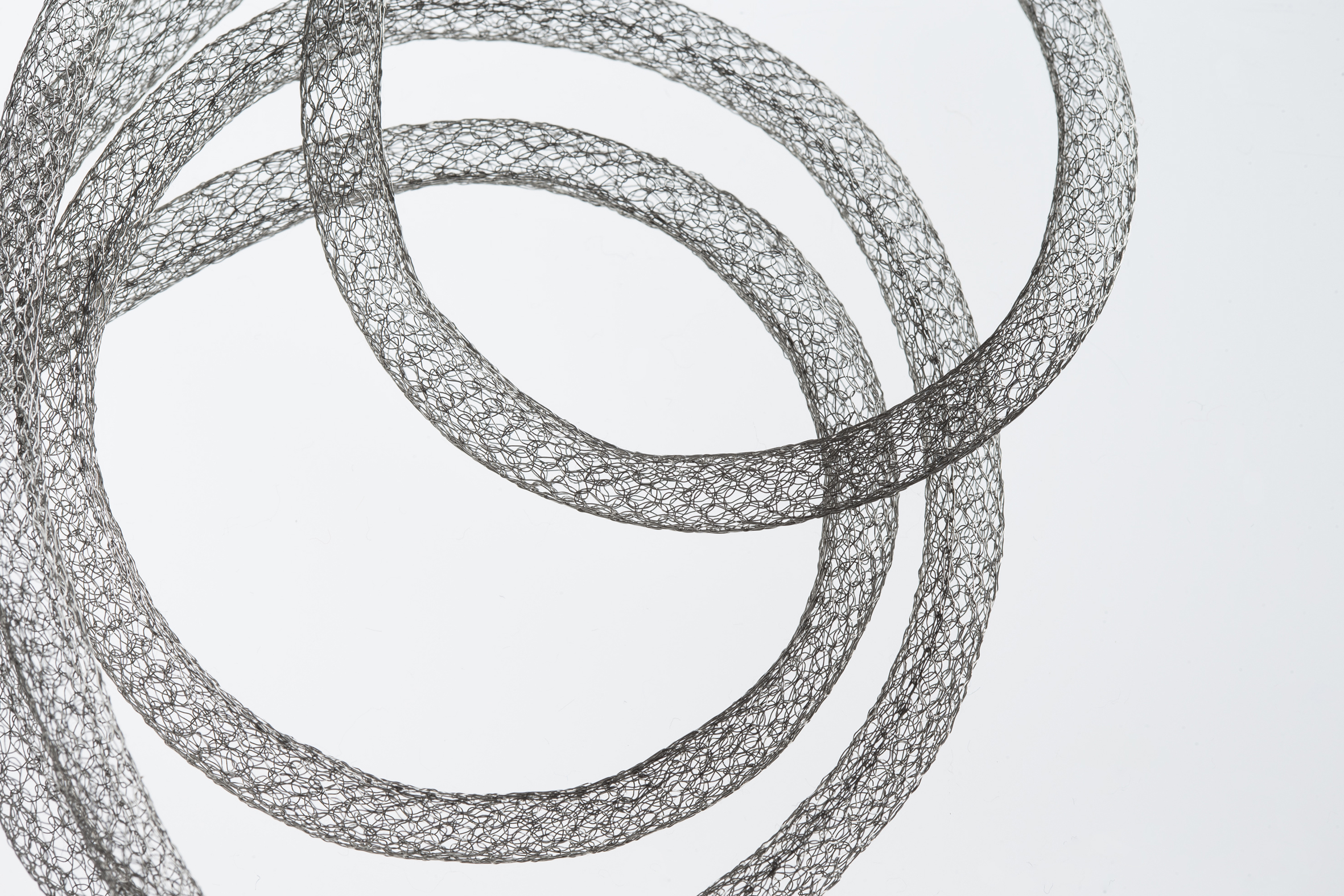
Shima Seiki releases new i-Plating option
Leading Japanese flat knitting machine manufacturer Shima Seiki has launched two new machines which can knit fabrics with properties similar to wovens. Applications are anticipated in fashion and technical textiles.

27th June 2014
Knitting Industry
|
Shanghai
Shima Seiki unveiled two brand new versions of its ‘inlay’ computerized flat knitting machines at last week’s ITMA ASIA + CITME in Shanghai – the SRY123LP and SRY183LP.
The very latest machines inherit the Japanese company’s highly advanced mechatronics know-how based on the its unique experience with four-bed knitting, beginning with its well known SES122RT, and continuing with its SWG-FIRST and MACH2X.
The new SRY’s two loop presser beds (an earlier version had just one loop presser bed) are said to improve on the stitch presser by controlling press down of individual loops, which Shima says gives unprecedented capability in shaped knitwear, especially with flechage and inlay patterns.
“New fabrics with woven effects offer great opportunities in expanding into other markets. Specialty yarns such as metallic and monofilament yarns can be knit as well, opening new doors to areas other than fashion,” Masaki Karasuno of Shima’s Total Design Center told Knitting Industry.
A high level of productivity typical of Shima Seiki’s new generation machines is carried over, with a maximum knitting speed of 1.4 meters per second combined with quick carriage returns realized with the company’s proven R2CARRIAGE system.
Shima's original DSCS Digital Stitch Control System, which is celebrating its 30th anniversary this year, yarn gripper and cutter, and takedown comb all additionally contribute to high quality and productivity.
With the latest version of the SRY, loop presser beds are placed above both front and back needlebeds, and feature the same number of loop pressers as the number of knitting needles. This, Shima says, typically yields loop press down capability that outperforms the conventional stitch presser, and even Shima’s own spring-loaded full sinker system.
Individual loops can be pressed even for rib patterns, and flechage in all needles and inlay patterns are easy to knit, the company adds.
“Inlay fabric is produced by inserting yarn into existing knit fabric in a weave fashion, opening opportunities for expansion into markets for wovens. Inlay also suppresses typical stretch characteristics of knitwear, and since new materials such as metallic and monofilament yarns can be used for inlay structures, we anticipate new applications in technical and industrial textiles,” Mr Karasuno commented.

Shima’s SRY123LP and SRY183LP machines also feature capacity for up to 30 intarsia carriers - the new intarsia carriers are more compact, allowing the fitting of more carriers and thus permitting more colour changes within a given knitting width. The improved intarsia system is also said to be much quieter, averaging two-thirds (2/3) less noise than Shima’s previous intarsia system.
The SV variant of SRY123LP and SRY183LP feature so called WideGauge capability that allows a variety of gauges to be knitted on a single machine. This allows the freedom to handle changing seasons and shifting trends without investing in a machine for every gauge or resorting to the complex, time-consuming task of gauge conversion. A wide range of production is possible, from tighter, finer gauge fabrics using all-needle knitting to more airy, lower-gauge textures using half-gauge (1×1) knitting.
The SRY also benefits from being equipped with the world's first digital stitch device, DSCS. According to Shima, DSCS can be programmed with the desired loop length, after which it monitors yarn consumption continuously and adjusts yarn feed and tension to yield consistency throughout the fabric to within a remarkable ±1% tolerance. The result, the company claims, is quality control that is essential to shaping and integral garment production.
Quick carriage turnaround is important to the SRY and the fitted Rapid Response R2CARRIAGE System features an advanced carriage mechanism combined with improved software programming that achieves quicker carriage returns after each course.
For a given knitting width, a larger and heavier carriage requires more space at each end of the machine to decelerate, return and accelerate back up to speed, so the actual portion where the carriage runs at full speed becomes very limited. With a compact, lightweight carriage, less space is required for the carriage to make returns, allowing more area for the carriage to run at full speed. This allows faster knitting per course, resulting in higher productivity.
SRY123LP and SRY183LP also feature a yarn gripper equipped with a new lint remover for reduced maintenance.
Shima’s new Yarn Unwinding Option is said to be an essential tool for supporting technical/ industrial textile applications in knitting. With the Yarn Unwinding Option, such knitted applications for filters, tubing and protective clothing can be realized.
SRY123LP is available in SV format in gauges 7, 12 and 14 and SRY183LP is available in SC format in 10 gauge and SV format in 7, 12 and 14 gauge with abd SC version being available in 10 gauge.

Business intelligence for the fibre, textiles and apparel industries: technologies, innovations, markets, investments, trade policy, sourcing, strategy...
Find out more